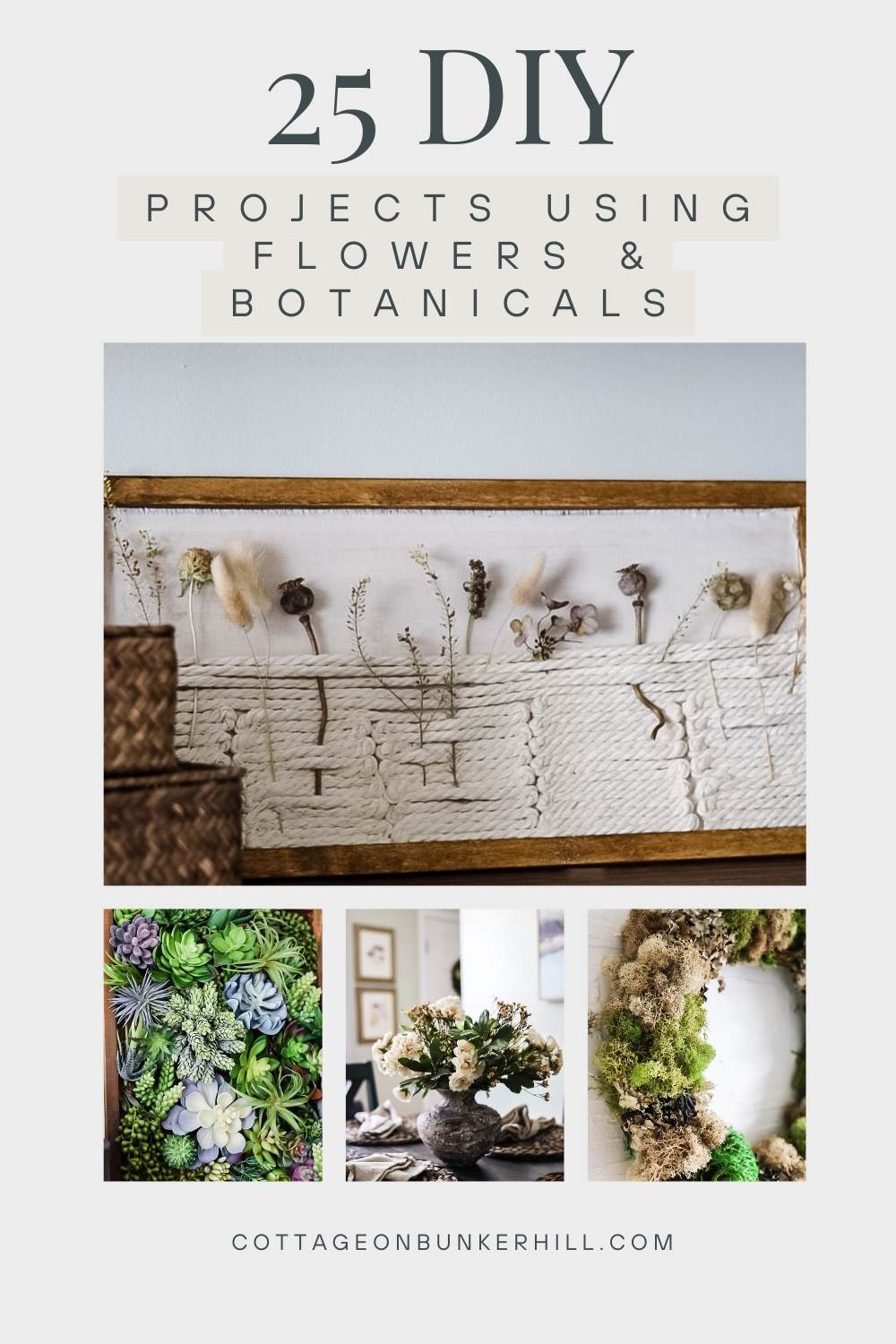Are you ready to transform your home into a lush, textured paradise? Using natural textures in plant styling not only adds depth and dimension but also creates a harmonious connection with the outdoors. Whether you’re a seasoned plant enthusiast or just beginning your green journey, incorporating these ideas will breathe life into your space. Let's dive into a world of texture and greenery!
1. Rustic Wooden Planters
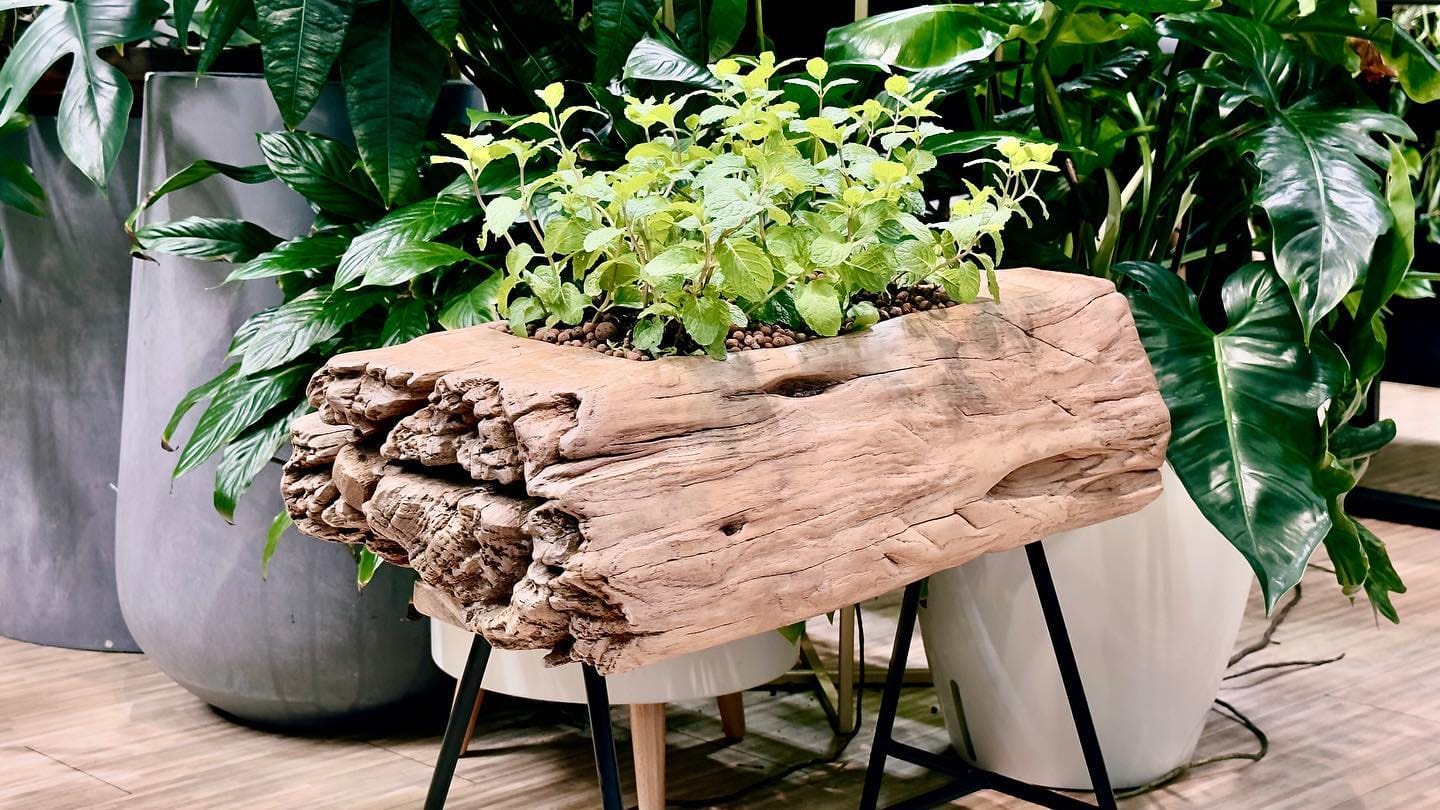
Wooden planters bring a touch of rustic charm and warmth to any space. Opt for reclaimed wood to enhance the natural vibe. These planters are perfect for succulents or small ferns, offering a cozy nest for your greenery. Their natural grains and earthy tones complement the vibrant greens of plants, creating an eye-catching contrast. Experiment with different sizes and shapes to find the perfect fit for your home.
2. Woven Basket Displays

Woven baskets add a layer of texture while keeping things light and airy. They are versatile and can be used as hanging planters or placed on the floor. Choose baskets with varying patterns and materials such as bamboo or rattan for an eclectic look. Pairing them with cascading plants like pothos or spider plants enhances their visual appeal, making them a focal point in any room.
3. Textured Clay Pots
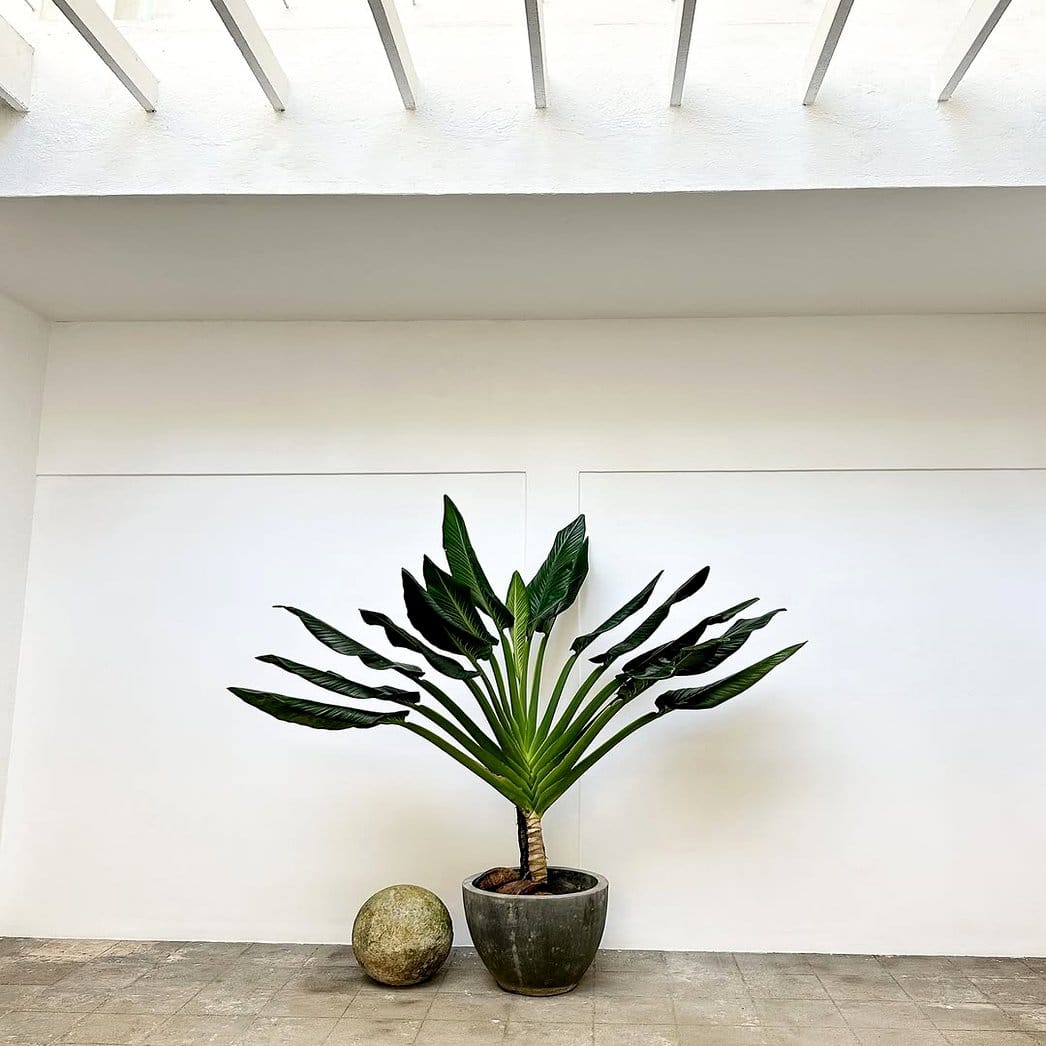
Clay pots are timeless classics that offer a rich, earthy texture. Their porous nature allows air and moisture to reach plant roots, promoting healthy growth. You can find textured clay pots with intricate patterns or create your own with a bit of DIY magic. They are ideal for herbs or small flowering plants, blending seamlessly into both modern and traditional decor.
4. Macramé Plant Hangers

Macramé plant hangers introduce a bohemian flair with their intricate knots and loops. These hangers can support various plant types, especially those with trailing vines like philodendrons. The soft, woven texture of macramé complements the natural beauty of plants, creating a cascading effect that draws the eye upwards. Hang them by windows or in corners to maximize their impact.
5. Stone and Pebble Arrangements

Add a zen touch with stone and pebble arrangements around your plants. These natural elements create a serene base that contrasts beautifully with green foliage. Use stones of different sizes and colors to craft a unique look for each plant. This approach not only enhances the aesthetic but also aids in drainage, ensuring your plants remain healthy and vibrant.
6. Burlap Wraps for Pots

Burlap wraps are an easy way to add a rustic texture to plain pots. Simply wrap the pot and secure it with twine or ribbon for an instant makeover. This natural fabric provides a neutral backdrop that highlights the vivid colors of flowering plants. Burlap is also breathable, making it a practical choice for plant health. Perfect for creating a farmhouse-inspired garden indoors.
7. Driftwood Plant Holders
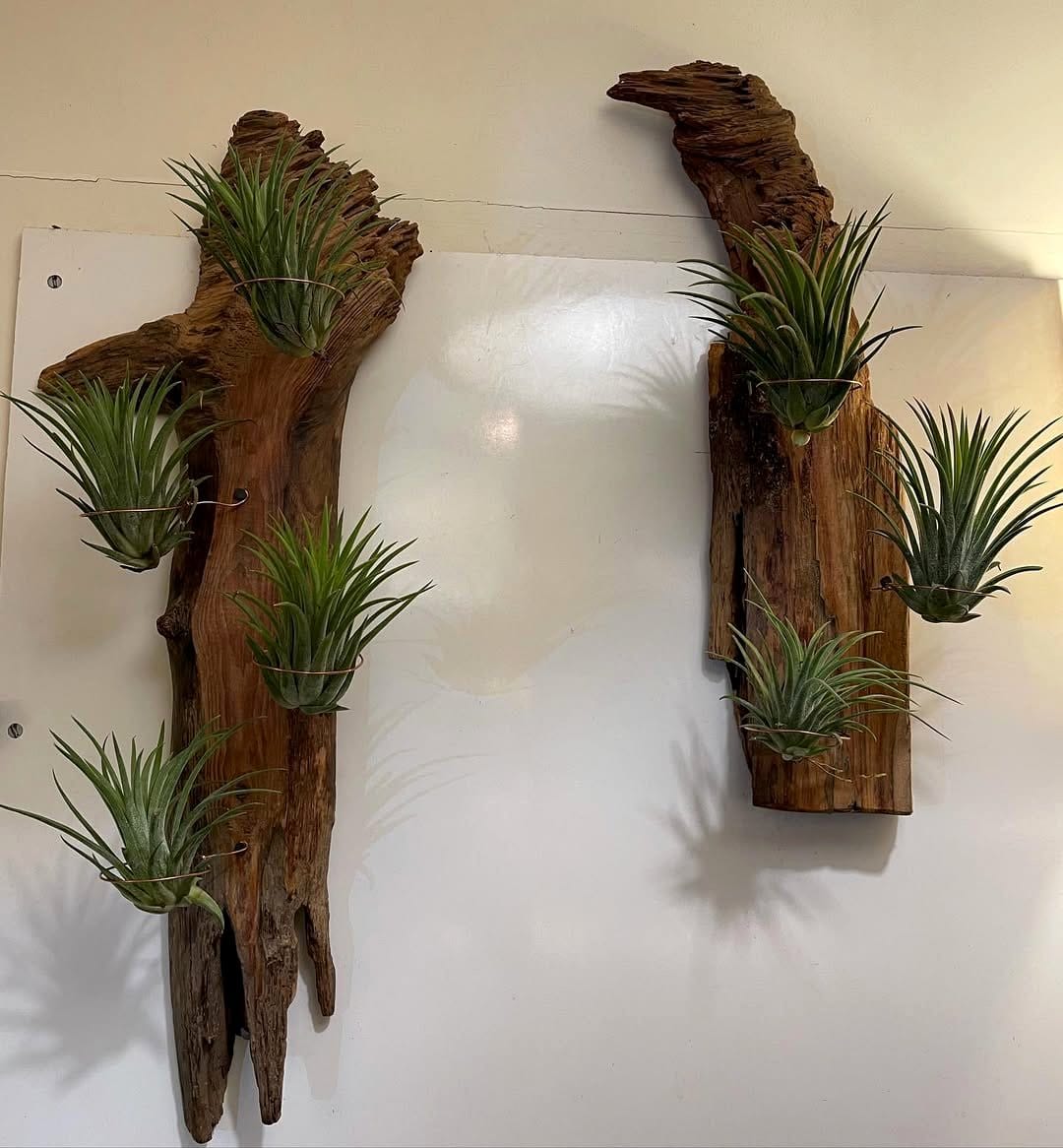
Driftwood brings the essence of the ocean into your home. Its unique shapes and textures make each piece a work of art. Use driftwood as a holder for air plants or small succulents, which thrive without the need for soil. This combination creates a stunning display that feels both organic and sculptural, perfect for a centerpiece or mantel decoration.
8. Cork Board Planters

Cork is a sustainable material that adds a soft, tactile texture to your plant styling. Cork board planters are lightweight and can be mounted on walls, offering a unique vertical garden solution. They are ideal for growing herbs in a kitchen space, ensuring fresh ingredients are always within reach. The natural brown hues of cork complement green leaves beautifully.
9. Jute Twine Accents
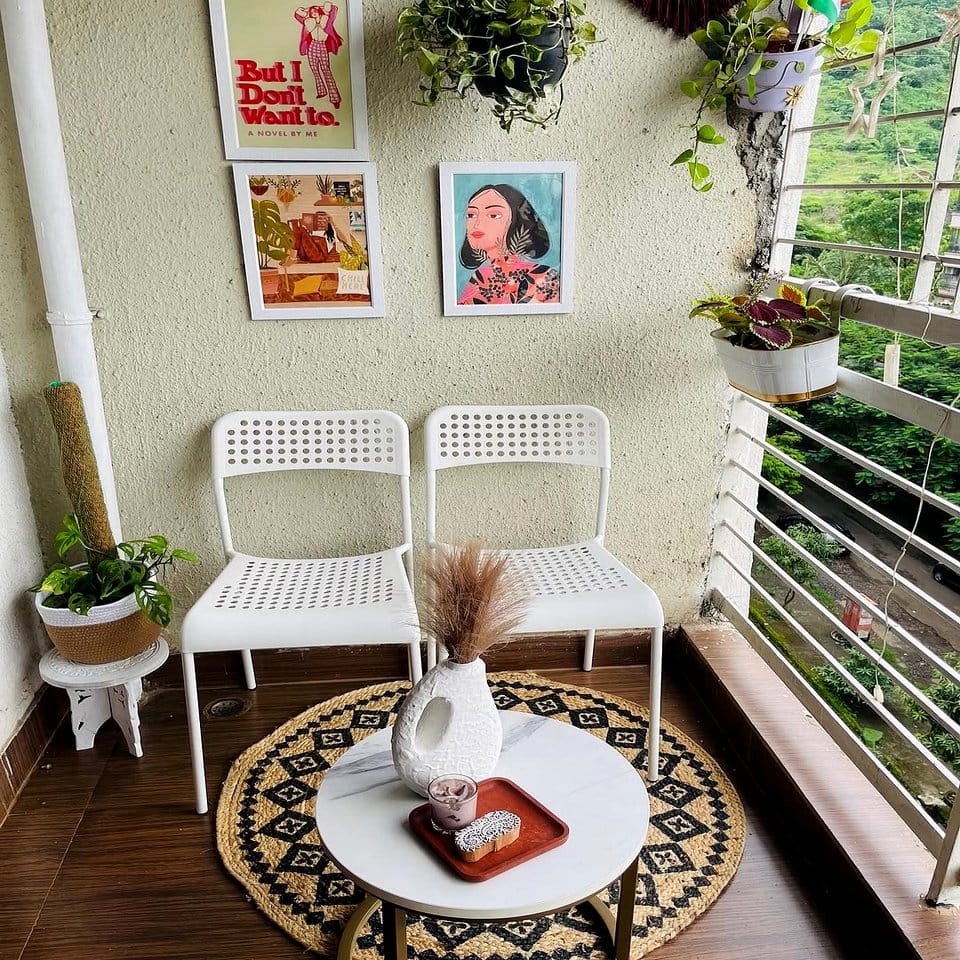
Jute twine is a simple yet effective way to incorporate texture into your plant styling. Wrap it around pots, use it to hang plants, or create decorative tassels. Its natural color and rough texture provide a nice contrast against smooth leaves and delicate flowers. Jute is also biodegradable, making it an eco-friendly choice for your plant decor.
10. Moss-Covered Planters

Moss-covered planters bring a touch of the forest floor into your home. This living texture is both soft and vibrant, creating a lush environment for shade-loving plants like ferns. Moss helps retain moisture, making it beneficial for plant health. Use these planters to create a mini woodland garden on your windowsill or coffee table.
11. Bamboo Plant Stands
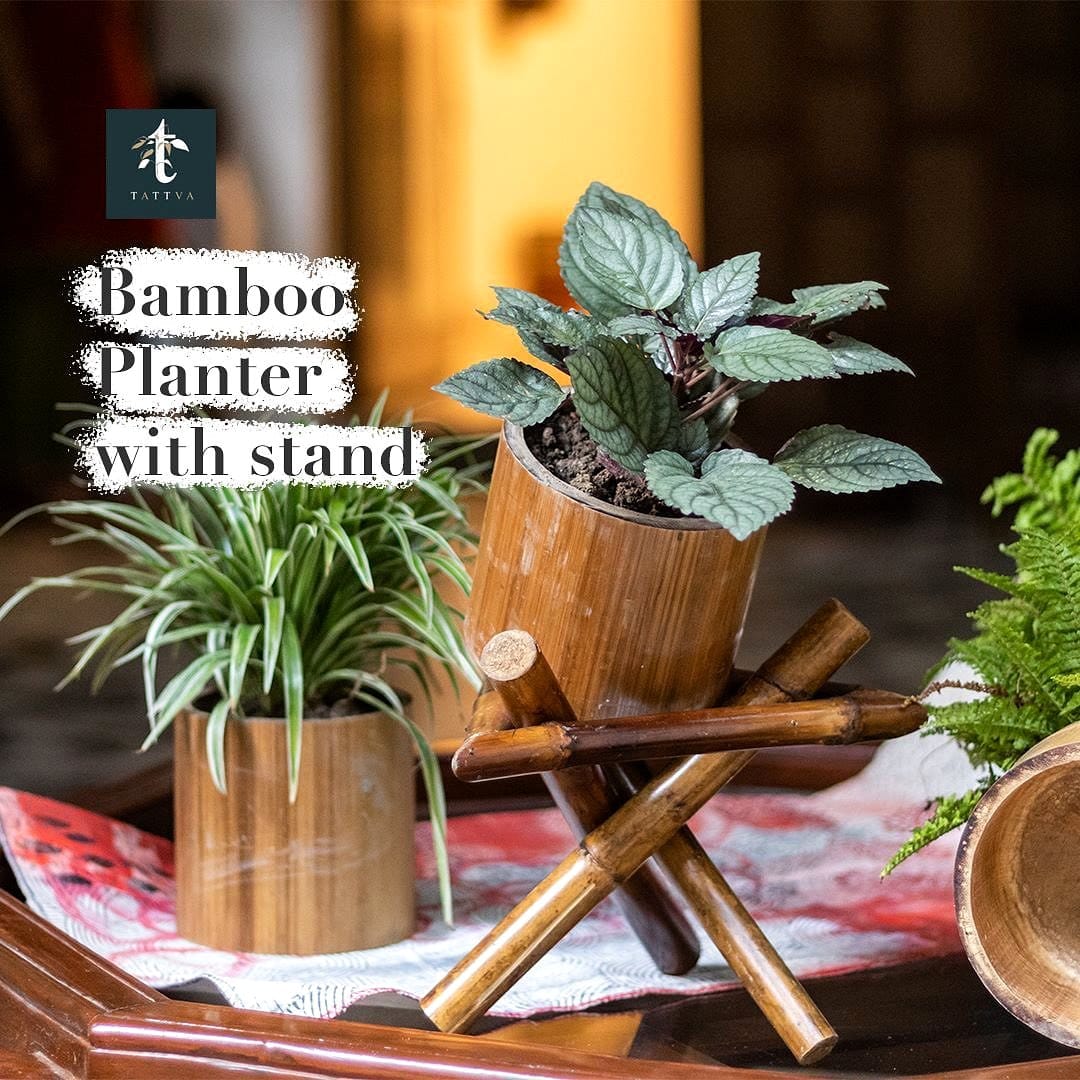
Bamboo plant stands offer a sleek and sustainable way to display your plants. Their natural finish and sturdy construction make them suitable for larger indoor trees. Bamboo's light color complements green foliage, allowing the plants to take center stage. These stands elevate plants to eye level, enhancing their visibility and adding height variation to your display.
12. Coconut Husk Planters
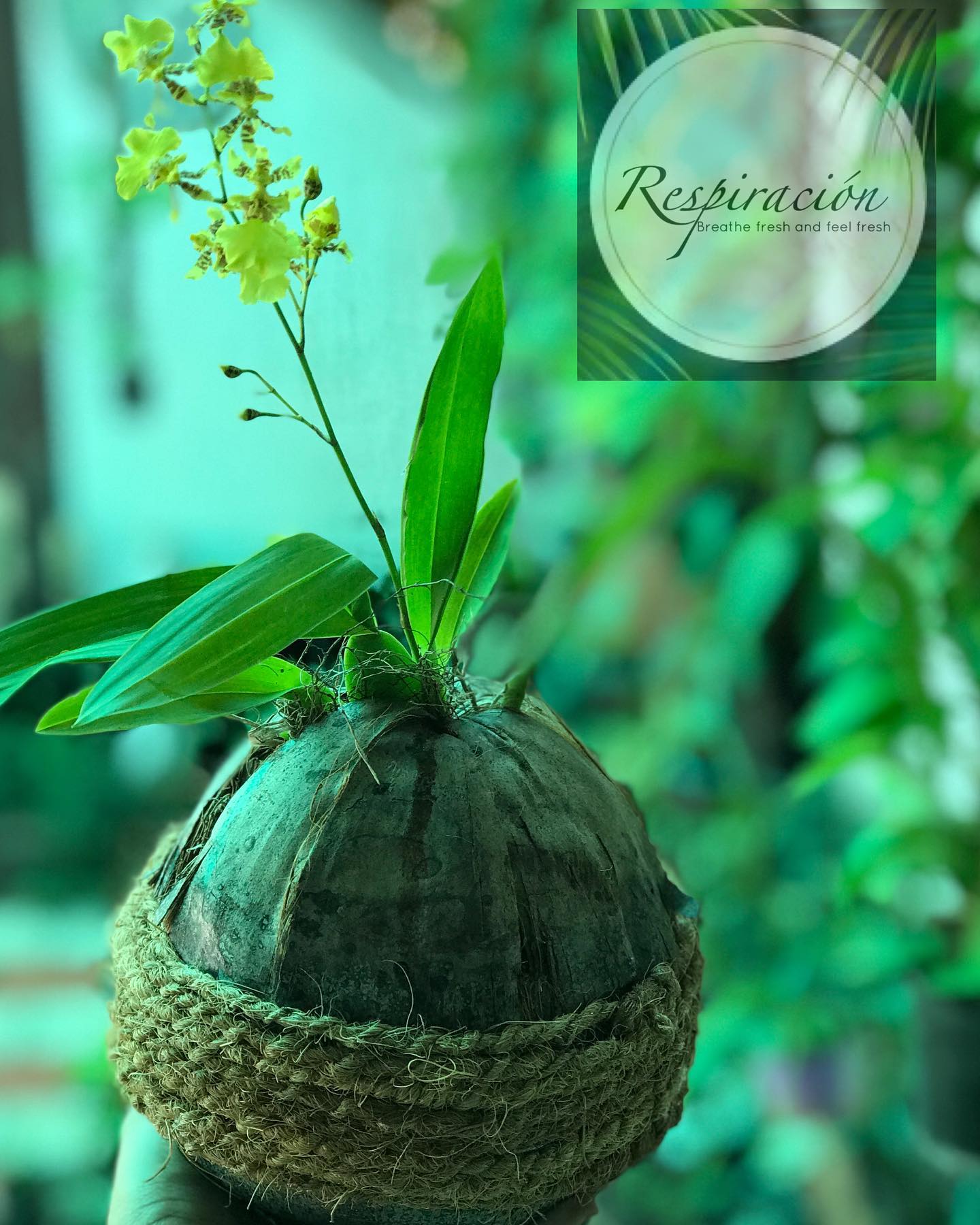
Coconut husks are a sustainable alternative to traditional planters, providing excellent drainage and aeration. They are ideal for hanging plants, creating a natural, tropical vibe. The coarse texture of the husk contrasts with smooth, glossy leaves, adding interest to your plant display. These planters are perfect for orchids or ferns, thriving in the moisture-retentive environment.
13. Terracotta Pots

Terracotta pots are a staple in plant styling, known for their warm, reddish-brown hue and porous nature. They are perfect for Mediterranean herbs like rosemary and thyme. The clay material allows air to circulate around plant roots, preventing root rot. Their timeless appeal works well in any decor style, from rustic to contemporary.
14. Wooden Crate Gardens

Wooden crates offer a rustic, DIY approach to plant styling. They are versatile, allowing you to create small garden beds or tiered displays. Line them with burlap or landscape fabric to hold soil and plant a variety of colorful flowers or herbs. The natural wood texture adds warmth and a touch of farmhouse charm to your space.
15. Ceramic Textured Vases
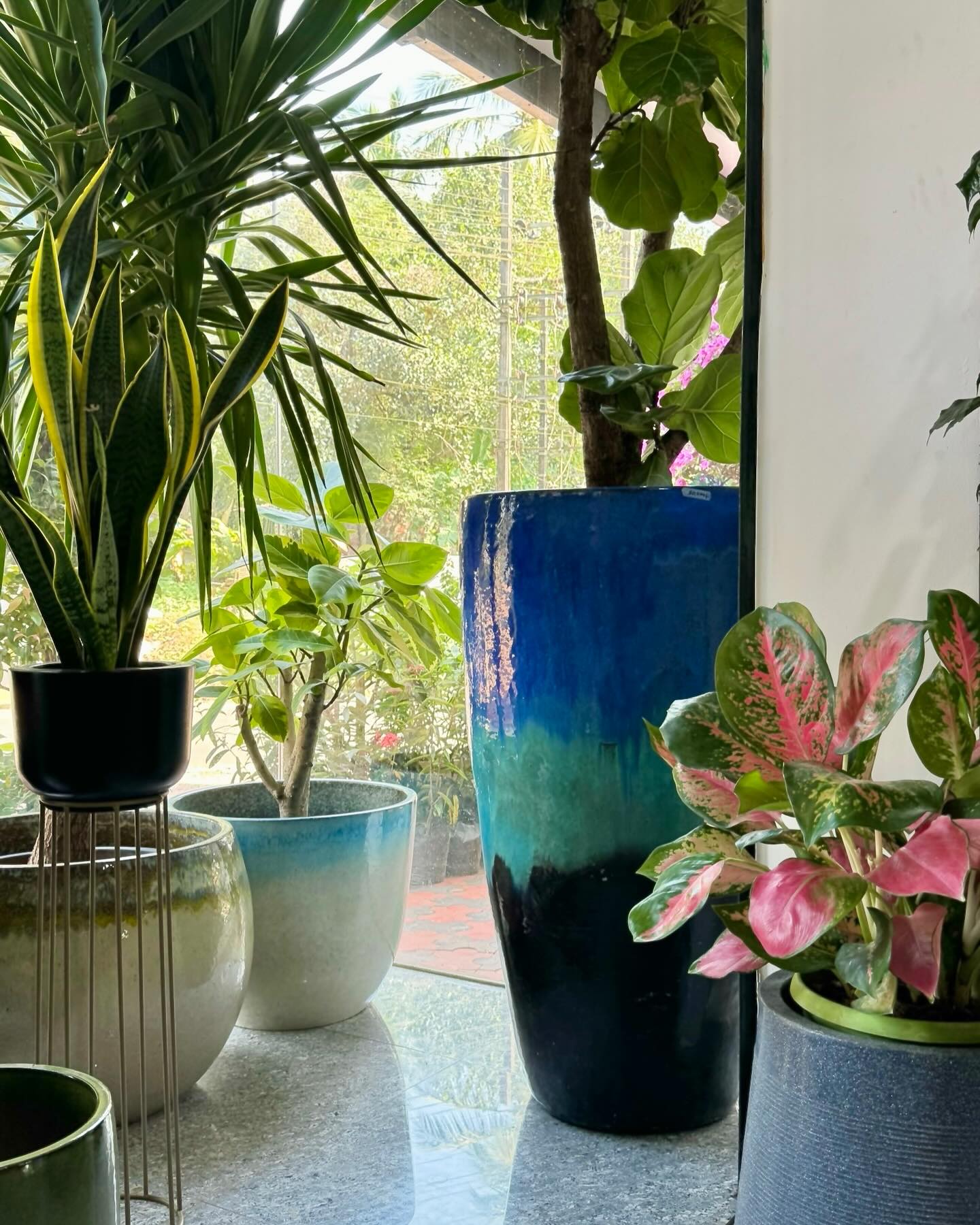
Ceramic vases with textured designs offer sophistication and elegance. Their glossy finish and intricate patterns can transform a simple bouquet into a statement piece. Use them for fresh cut flowers or as a decorative item on their own. The varied textures and colors of ceramic vases can complement both modern and traditional interiors.
16. Sand and Gravel Layers
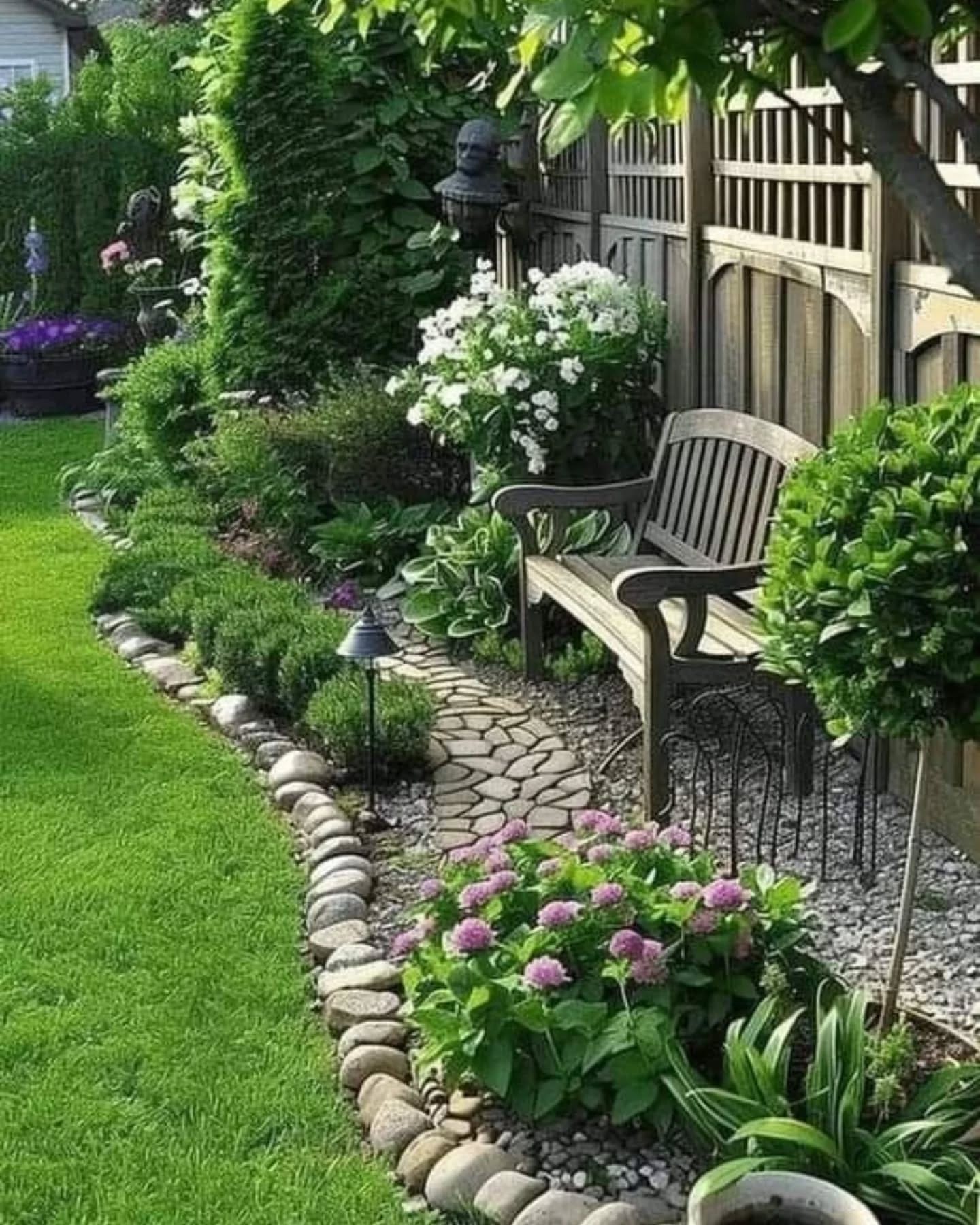
Layering sand and gravel in glass containers creates a striking visual effect. This technique is perfect for terrariums or cacti arrangements, where soil visibility adds to the aesthetic. Choose sands and gravels in contrasting colors for a bold statement. This method not only looks good but also improves drainage, ensuring your plants thrive.
17. Linen Wraps for Pots
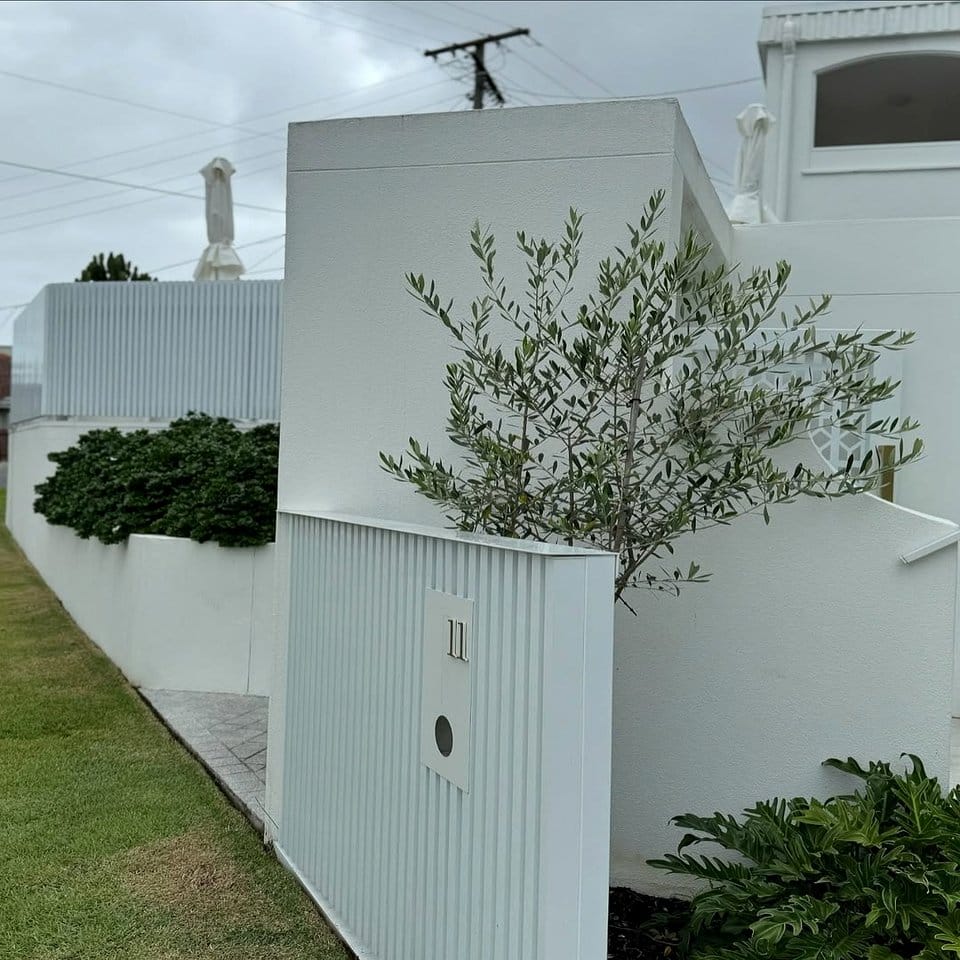
Linen wraps add a soft, tactile texture to your plant pots. This breathable fabric is perfect for wrapping around pots, offering a casual yet elegant look. Choose neutral tones to keep the focus on the plants or go bold with patterned linens. Linen is easy to work with, allowing you to change styles as often as you like.
18. Rattan Furniture Accents
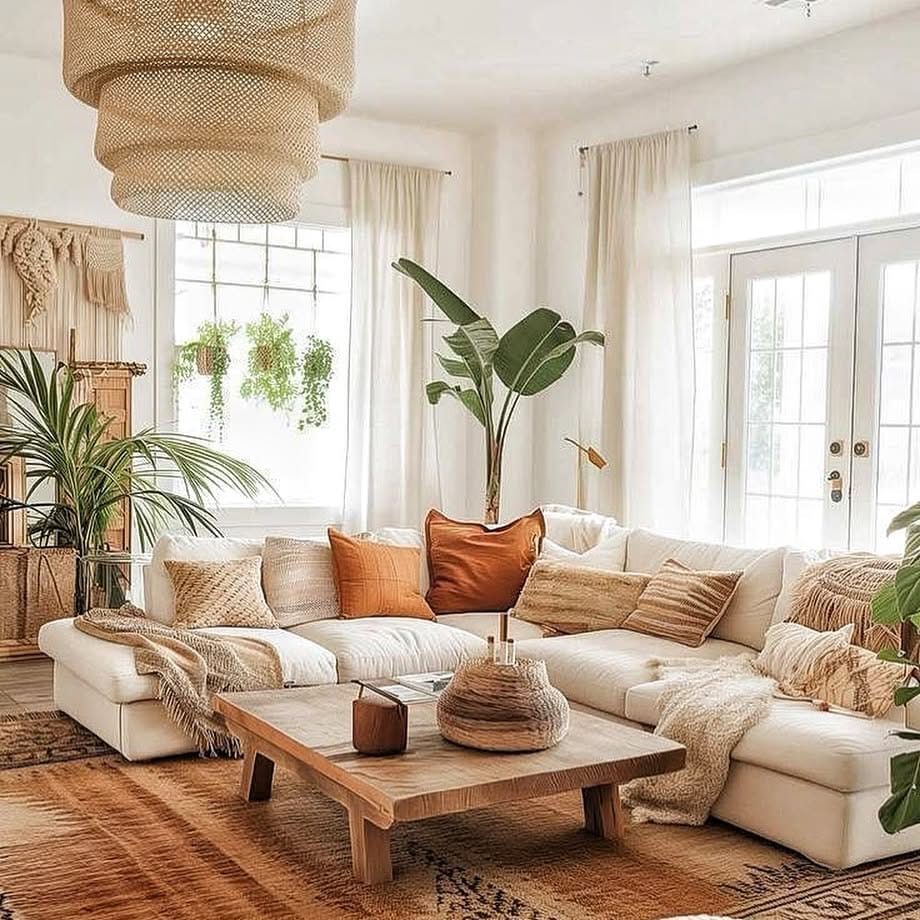
Rattan furniture adds a natural, earthy texture to your plant displays. Use rattan plant stands or shelves to elevate your greenery. Their woven design and warm tones complement a variety of plants, from succulents to larger indoor trees. Rattan is durable and lightweight, making it easy to rearrange your plant setup as desired.
19. Metal Wire Baskets
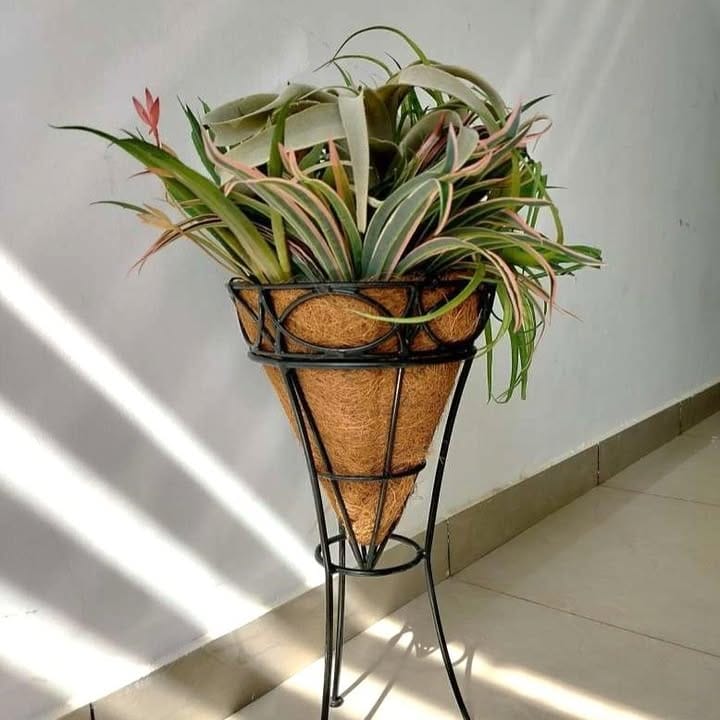
Metal wire baskets introduce an industrial edge to plant styling. They offer a stark contrast to soft, leafy plants, creating an interesting visual balance. Use them to hold pots or as standalone planters. The open design allows light and air to circulate, promoting healthy plant growth. Pair them with herbs or trailing plants for an urban garden feel.
20. Cork Mat Bases

Cork mats provide a soft, natural base for your plants. They protect surfaces from water damage while adding an eco-friendly texture. Place them under pots or use them as coasters for small planters. Cork's warm tones and soft texture enhance the natural beauty of your greenery, making them a practical and stylish choice for any plant lover.
21. Shell Accents
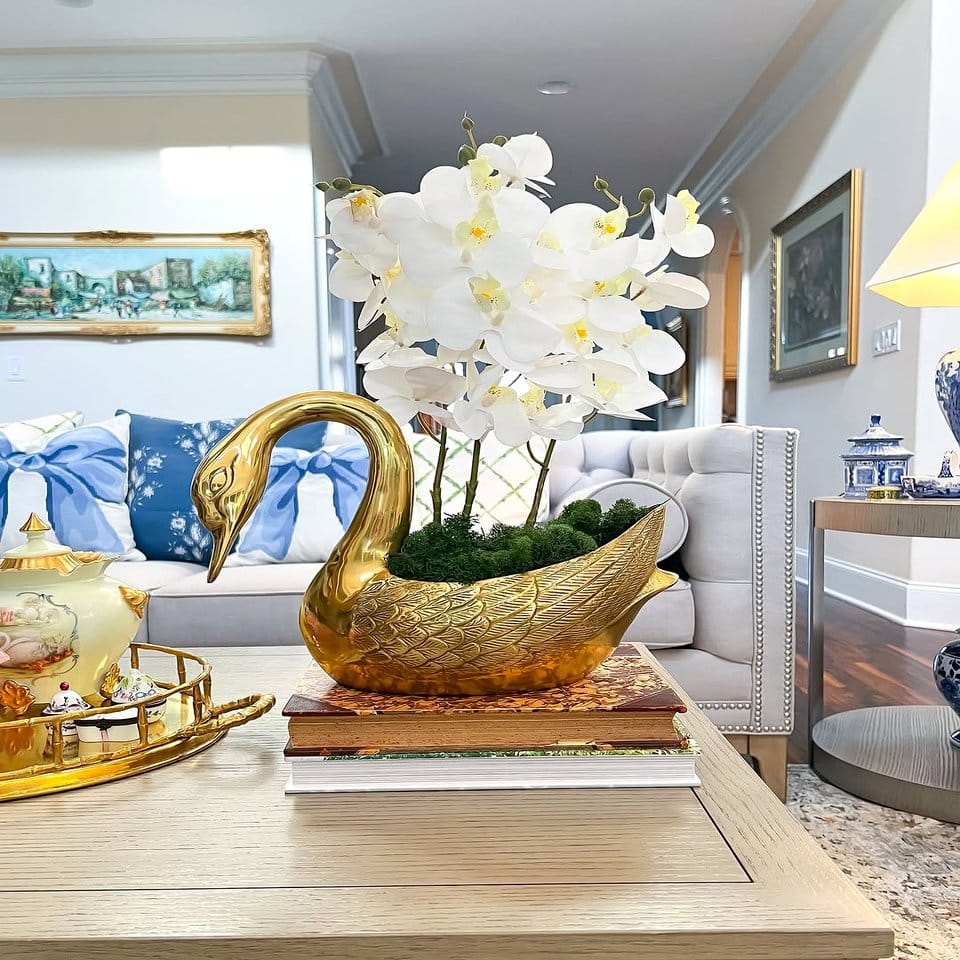
Incorporate shell accents for a coastal vibe in your plant styling. Glue small shells onto pots or scatter them around the base of your plants. Their smooth finish and natural colors complement green foliage and add a touch of the sea to your decor. This simple addition can transport you to a beachside paradise, enhancing the overall atmosphere of your space.
22. Sisal Rope Planters

Sisal rope planters offer a rugged, nautical texture. Wrap pots in sisal rope for a DIY project that adds charm and character. The coarse texture of the rope contrasts beautifully with smooth plant leaves, creating an eye-catching display. Hang them in clusters for maximum impact, turning any room into a stylish, textured haven.
23. Concrete Planters
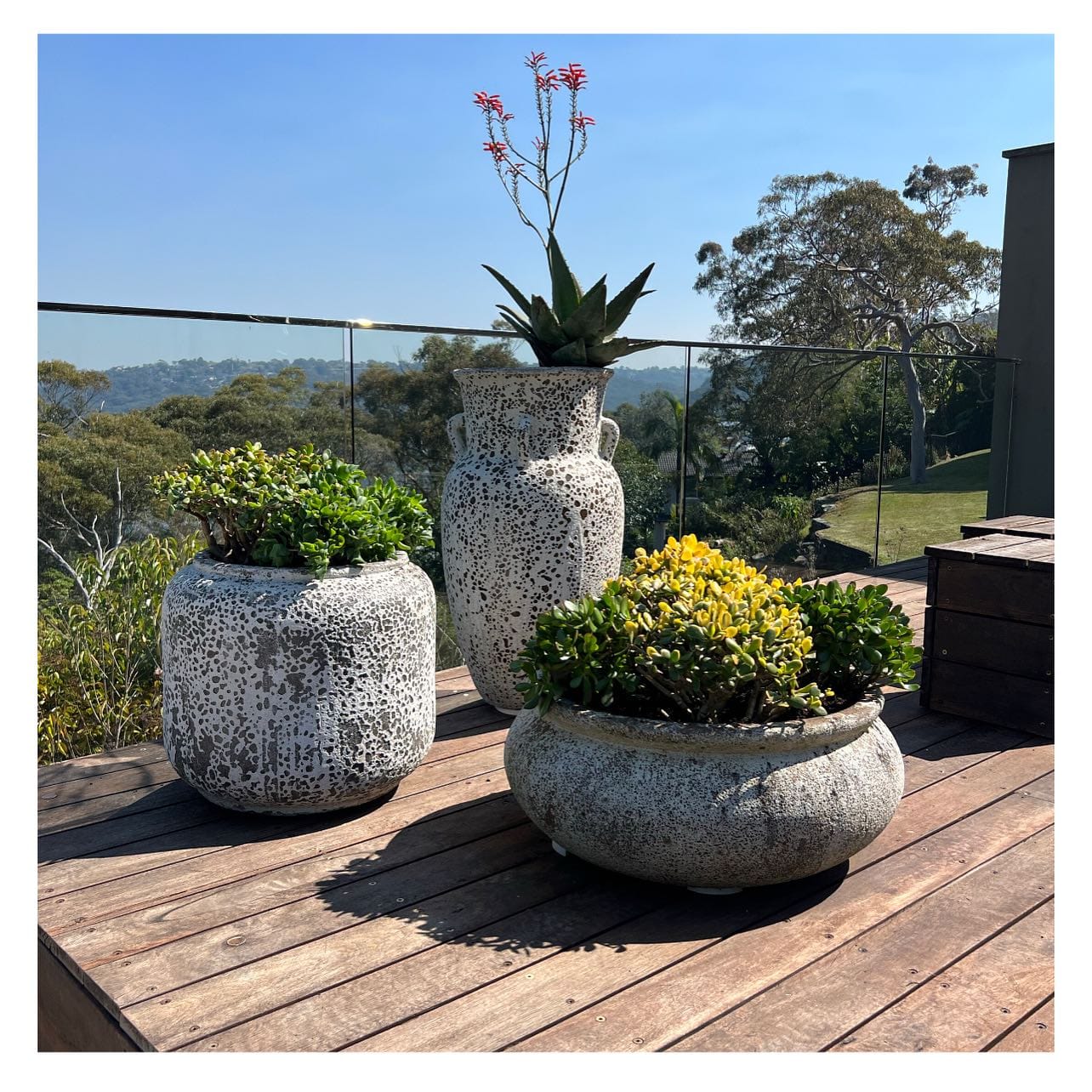
Concrete planters provide a sleek, modern aesthetic with their cool, minimalist vibe. Their neutral gray tones allow the vibrant colors of succulents or cacti to stand out. Concrete's rough texture and industrial look are perfect for urban settings, offering a contemporary feel. These planters are durable and long-lasting, making them a practical choice for any plant enthusiast.
24. Leaf-Print Fabrics
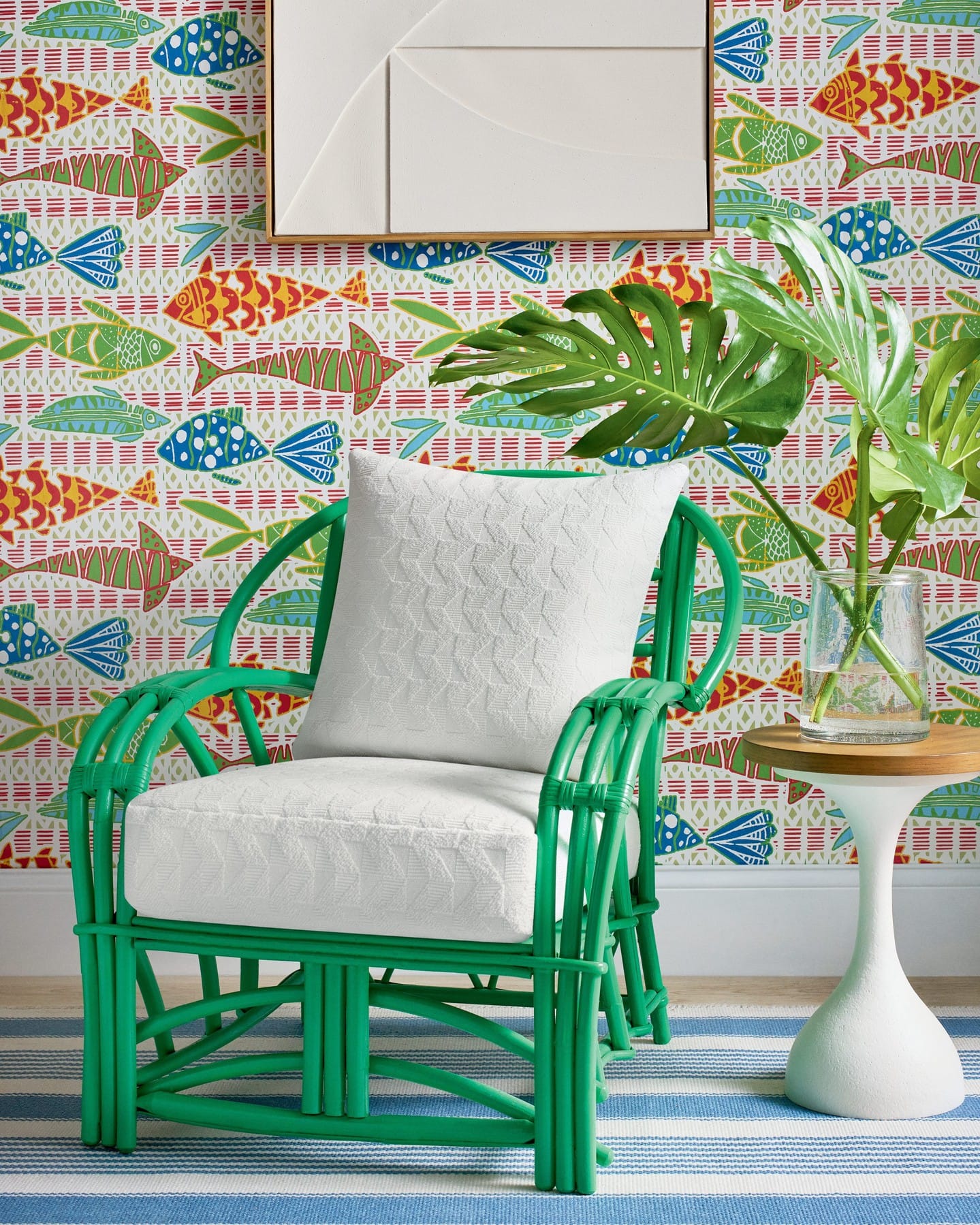
Leaf-print fabrics bring the beauty of nature into your home decor. Use them to cover plant pots or as table runners beneath your greenery. The prints add a lively, botanical theme that complements the actual plants. Choose fabrics with bold, oversized prints for a statement piece or subtle patterns for a more understated look. This versatile approach refreshes your space with ease.
25. Jute Matting for Pots

Jute matting offers a rustic foundation for your plant displays. Place pots on jute mats to protect surfaces and add texture. The natural fibers and earthy tones of jute harmonize with green foliage, enhancing the organic feel of your decor. This simple addition not only looks great but also helps prevent scratches and water damage on your furniture.
Final Thoughts
Incorporating natural textures into plant styling transforms your home into a serene oasis. Each texture tells a unique story, adding depth and character to your space. Whether you choose rustic wood, soft linens, or sleek concrete, the possibilities are endless. Start small, experiment with different textures, and watch as your home blossoms into a textured paradise. Embrace the beauty of nature and let your creativity flourish!
